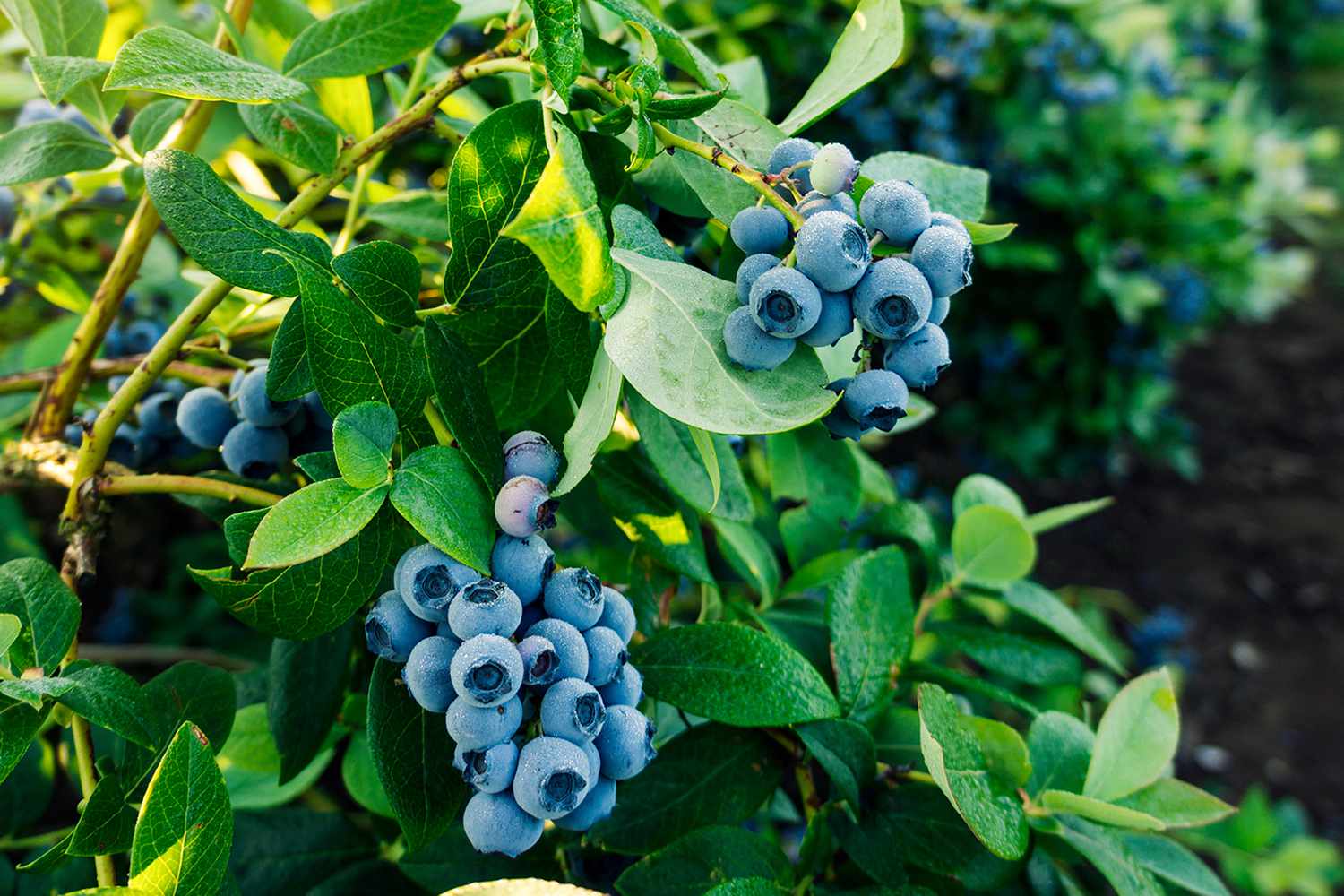By Morgan Reed, Contributing Writer
Blueberries are renowned as a superfood, packed with antioxidants, vitamins, and a perfectly balanced sweet-tart flavor. Yet, store-bought blueberries often come with a hefty price tag and don’t quite match the flavor of fresh, homegrown berries. Why settle for less when you can cultivate a thriving blueberry bush right in your backyard?
With the right knowledge and care, you can enjoy an abundant harvest season after season. These ten expert tips will guide you in growing lush, productive blueberry bushes, eliminating the need for supermarket trips.
1. Choose the Right Variety
Selecting the right blueberry variety for your region is the first step to success. Highbush blueberries thrive in northern climates, while rabbiteye varieties are well-suited for southern regions. Hybrid half-highs are perfect for areas with cold winters. Consult local nurseries or agricultural extensions to ensure you pick a variety that matches your local conditions.
2. Prepare and Amend the Soil
Blueberries demand well-draining, acidic soil with a pH between 4.5 and 5.5. Use a soil pH tester to determine your soil’s current condition, and amend it with sulfur or organic matter if needed. Consistent soil acidity ensures optimal nutrient absorption, which is critical for plant health and fruit production.
3. Ensure Optimal Sunlight and Watering
Blueberry bushes need full sun—6 to 8 hours daily—for maximum fruit yield. Their shallow root systems also require consistent watering, particularly during fruit set and ripening. Aim to provide 1–2 inches of water per week to maintain moisture without waterlogging the roots.
4. Apply Mulch Liberally
Mulch not only retains soil moisture but also prevents weeds and helps maintain acidic soil. Choose materials like pine bark, pine needles, or sawdust, which naturally acidify the soil as they decompose, creating the ideal environment for blueberries.

5. Fertilize with Care
Blueberries are sensitive to over-fertilization, which can damage roots and hinder growth. Use fertilizers formulated for acid-loving plants, applying them in early spring. Avoid late-season fertilization to prevent vulnerable new growth before winter.
6. Master the Art of Pruning
Pruning is essential to encourage healthy growth and maximize fruit yield. Remove dead or diseased branches, crossing limbs, and older canes that produce smaller fruit. Proper pruning redirects the plant’s energy to its most vigorous and productive areas.
7. Safeguard Against Birds and Pests
Birds and pests can devastate your crop if left unchecked. Use bird netting during the fruiting season to protect your harvest, and keep an eye out for pests like aphids. Opt for eco-friendly pest control methods to preserve the ecosystem in your garden.
8. Plant Diverse Varieties
For larger berries and higher yields, plant multiple blueberry varieties close together. Cross-pollination enhances fruit production and attracts pollinators like bees, giving you a more robust harvest.
9. Monitor Chill Hours
Blueberries require specific chill hours (temperatures below 45°F or 7°C) to ensure proper dormancy and fruit set. Choose varieties that match your region’s winter climate for optimal growth and yield.
10. Harvest with Patience
Ripe blueberries are deep blue with a slight grayish bloom and easily detach from the stem. Resist the temptation to pick them early, as immature berries are sour and less flavorful. Harvest carefully to avoid damaging the plant and preserve unripe fruit for future picking.
By following these ten tried-and-true tactics, you’ll transform your garden into a blueberry haven. With patience and care, you’ll enjoy the satisfaction of plucking juicy, flavorful berries straight from your own bushes. Ditch the grocery store blues and savor the fruits of your labor—literally!
This revised version delivers clear, informative details to leave your readers feeling educated and inspired.
